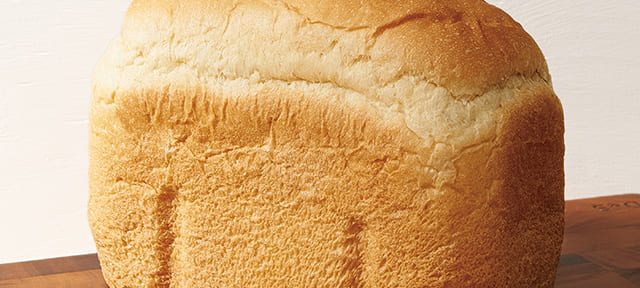
Because of all the sandwiches there…
Read more: Because of all the sandwiches there…“Why is it impossible to starve in a desert?” Such an old joke…such a bad…

Blast from the Past: A Nostalgic Look Back at Zojirushi’s Most Unique Japanese Products
Read more: Blast from the Past: A Nostalgic Look Back at Zojirushi’s Most Unique Japanese ProductsYou might know Zojirushi for our reliable and innovative rice cookers, breadmakers, water boilers, and…

The Secret to Perfect Bread: Inside Zojirushi’s Recipe Development
Read more: The Secret to Perfect Bread: Inside Zojirushi’s Recipe DevelopmentHi Zo Fans! Welcome back to our series where we explore the fascinating details behind…

Cool Stuff
Read more: Cool StuffBy cool stuff I don’t mean just the Zojirushi stuff you own, I mean the…

Blast from the Past: Celebrating Iconic Zojirushi Co-Branded Products
Read more: Blast from the Past: Celebrating Iconic Zojirushi Co-Branded ProductsAt Zojirushi, innovation and design have always been our driving forces, starting with the glass-lined…

Behind the Scenes: Crafting the Perfect Rice Cooker Cooking Course at Zojirushi
Read more: Behind the Scenes: Crafting the Perfect Rice Cooker Cooking Course at ZojirushiAt Zojirushi, we’re constantly pushing the boundaries of what our rice cookers can achieve, just…




